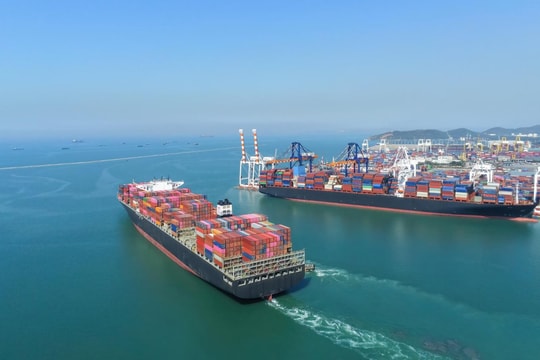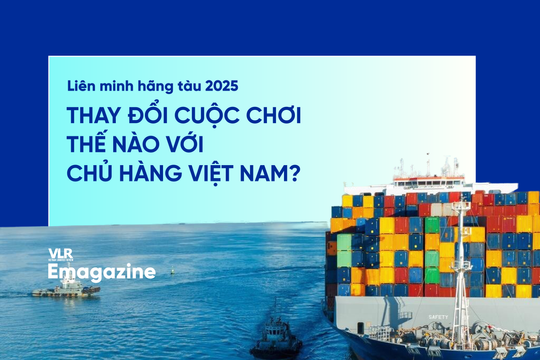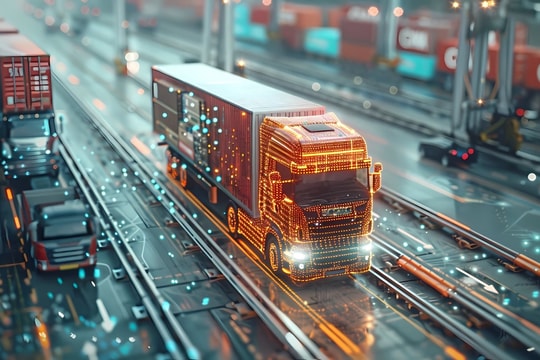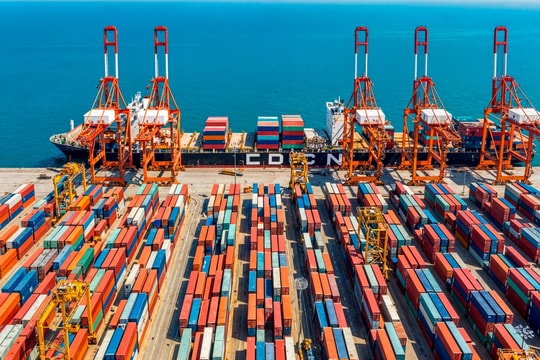
The Impact of Tariff Volatility on Supply Chains
Tariff volatility has had far-reaching effects on global supply chains. The imposition of new tariffs or changes in tariff policies between countries can lead to increased import costs, disrupt the flow of goods, and create uncertainty in business planning.
For instance, during former U.S. President Donald Trump’s second term, tariffs were used as a key policy tool, affecting various industries and markets worldwide. According to a report by PwC, many businesses were forced to adjust their supply chain strategies to mitigate the risks associated with tariff volatility. These adjustments included seeking alternative suppliers, relocating production facilities, and renegotiating contracts with partners.
The ongoing U.S.-China trade tensions, along with escalating tariff wars, have pushed many companies into making swift decisions. Some businesses have relocated manufacturing facilities from China to Vietnam, Mexico, or India to avoid high tariff rates. This trend has not only impacted multinational corporations but also triggered a new wave of production shifts across the Asia-Pacific region.
Strategies to Respond to Tariff Volatility
To cope with the challenges posed by tariff volatility, experts from Gartner have proposed a strategic framework comprising five key approaches that businesses can consider:
1. Retire
For products or services that are no longer profitable due to high tariff costs, businesses should consider discontinuing them to focus resources on more viable areas. This elimination process not only helps optimize finances but also opens up new business opportunities aligned with the evolving economic landscape.
2. Renovate
Tariffs can serve as a catalyst for product innovation. Businesses may explore alternative raw materials to avoid high import duties or enhance production processes to reduce costs. Moreover, adopting advanced technologies, such as artificial intelligence (AI) and automation, can decrease reliance on foreign labor and optimize supply chain efficiency.
3. Rebalance
Rebalancing supply chains enables businesses to adapt their long-term strategies, particularly in response to tariff changes or geopolitical shifts. Companies should consider diversifying their supplier base to avoid excessive dependence on a single country or region. This diversification minimizes risks and ensures operational flexibility.
4. Reinvent
Changes in tariff policies can drive businesses to invest in new markets or transform their business models. For example, some companies may seize opportunities to develop domestic product lines as substitutes for imported goods. Additionally, strengthening e-commerce and direct-to-consumer distribution can help reduce intermediary costs and maintain profitability.
5. Reinvigorate
Businesses that leverage tariff policies to strengthen their market position will gain a significant competitive advantage. Expanding manufacturing operations in the U.S., Europe, or tariff-friendly markets can help secure a larger market share. Furthermore, attracting strategic partners or investors to support production expansion can solidify these advantages even further.

The Role of Technology and Digitalization in Supply Chain Management
Beyond strategic adjustments to tariff policies, businesses are also leveraging technology to optimize their supply chains.
AI and Data Analytics for Predictive Decision-Making: Artificial intelligence (AI) is helping businesses anticipate tariff policy changes and make faster, more informed decisions. AI can analyze data from various sources, including economic, political, and supply chain data, allowing companies to proactively adjust their strategies.
Blockchain for Supply Chain Transparency: Blockchain technology plays a crucial role in enhancing transparency and efficiency in supply chain management. By providing end-to-end tracking of product origins, blockchain ensures compliance with trade regulations and minimizes the risk of tariff fraud.
Automation and Smart Manufacturing: Companies are heavily investing in automation to reduce dependence on foreign labor and mitigate the impact of tariff barriers. Smart manufacturing, incorporating robotics and the Internet of Things (IoT), increases productivity, lowers costs, and allows businesses to swiftly adapt their production strategies.
Adapting and Thriving in the New Tariff Era
Tariff volatility presents a significant challenge for businesses, but it also offers strategic opportunities to optimize supply chains and enhance competitiveness. Companies that proactively adapt to changes will enjoy long-term advantages over those that react passively.
Implementing strategies such as supply chain diversification, product innovation, business model reinvention, and technology investment will help companies maintain stability in an uncertain economic environment.
Ultimately, businesses should not view tariffs solely as a barrier but as a strategic factor for reshaping operations and ensuring sustainable growth. In the era of digitalization and globalization, adaptability will be the key determinant of success or failure in the international marketplace.


.jpg)

.jpg)
.jpg)

.jpg)
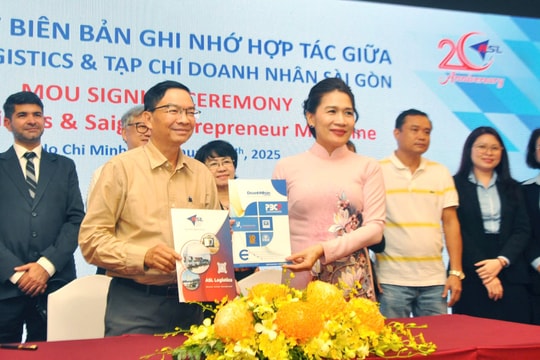
.png)



